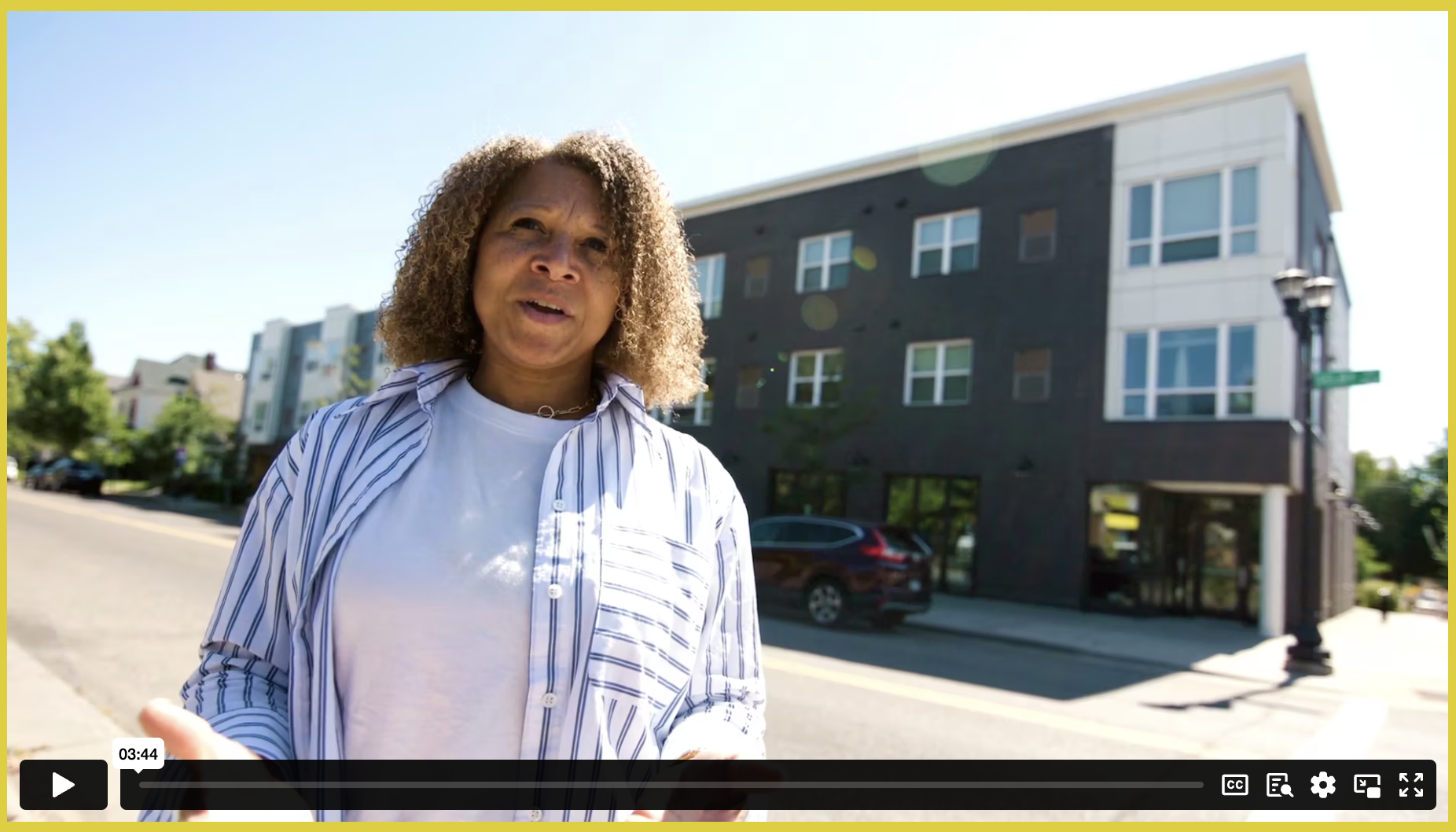A Powerful Tool for Housing Accessibility Thrives in Minnesota
McKnight Foundation, Jan 5, 2024
In 1858, just four years after St. Paul was incorporated, Joseph Rondeau purchased 40 acres of land in the city’s Summit-University District. Those parcels eventually became the Rondo neighborhood, a Black community brimming with churches, schools, homes, and businesses that thrived for decades.
By the 1950s, 85% of St. Paul’s African American community lived in Rondo—until it was sliced in half by the construction of I-94 in 1956. In the process, more than 300 Black businesses had closed, and more than 700 homes had been taken from the tight-knit neighborhood through eminent domain.
Today, the Rondo Community Land Trust (RCLT) is working to right those past wrongs. “As part of RCLT’s reparative framework, we have the ‘Right to Return to Rondo’ where we pair Rondo descendants with significant dollars and income to come in and purchase homes,” explains RCLT’s executive director, Mikeya Griffin. “And they get the right of first refusal at any of our business spaces.”
RCLT is just one of more than a dozen Community Land Trusts (CLTs) across the state that are working to create a sustainable path to affordable homeownership for Minnesotans. Duluth’s One Roof Community Housing, a nonprofit that offers housing services alongside a CLT arm, does the same in northern Minnesota while the Minnesota Community Land Trust Coalition (MCLTC) supports and advocates for CLTs across the state.

